The Story of Saint John the Russian: From a Humble Life in Prokopion to a Sacred Shrine on Evia
Evija, a popular destination among tourists, also hides a spiritual gem - the monastery of Saint John the Russian in Neo Prokopion. In the text, discover more about the saint, miracle-worker, and his place in the hearts of believers. Saint John the Russian, a miracle-worker deeply connected to Greek tradition and faith, holds a special place in the hearts of believers across Greece and the world.
The life and dedication of the young man who became a saint
Saint John the Russian was born around 1690 in Little Russia (present-day Ukraine), into an Orthodox Christian family. During the war between Russia and the Ottoman Empire, young John was captured and sold as a slave, ending up in Prokopion, a place in Cappadocia in Turkey, where he served the Turkish aga as a captive. The life of Christian captives was extremely harsh. They were cruelly tortured in order to renounce their faith, and it was in Prokopion where the military camp of the torturers - the janissaries (known for their cruelty) was located. Saint John, a beardless young man, was not exempt from the terrible torture of the cruel janissaries. However, even though very young, his life was marked by unwavering faith, which, as you will see in the following lines, warmed the hearts of his fellow believers and Christians, slowly melting even the hearts of the torturers.
Living in the stable of the Turkish aga, John compared his life to that of Christ in the Bethlehem manger and spent all his free moments in prayers in one corner of the stable, considering it a “small paradise.” The more brutal life was towards him, the stronger John became in true faith. He was an ascetic, spending many nights in vigil and days in hard work. He helped the unfortunate and the sick, his Christian community that suffered greatly during that time. His dedication and kindness slowly softened the hearts of the aga and his wife. They even offered him a room with hay, which young John, in his modesty, declined.
How did the miracles of Saint John the Russian change the Turkish aga and his wife?
The faith, meekness, humility, and kindness of John the Russian did not go unnoticed in the hearts of his “masters,” the aga and his wife. They gradually realized the blessings, and the aga even publicly boasted that his newfound wealth came through the believing young man.
Once, when the aga went on a pilgrimage to Mecca, in the aga’s house, pilaf (a dish made of grains) was served. Concerned for her husband, the aga’s wife asked John the Russian to pray for her husband, saying, “It would be good if he also tried pilaf, his favorite dish.” John, who was serving dinner, asked for a plate of pilaf, saying he would send it to his master in Mecca. The guests at the table, of course, laughed, but the aga’s wife still ordered the cook to give him a plate of pilaf. Gentle John withdrew to his corner in the stable, prayed, and to everyone’s amazement, the plate disappeared in front of him.
The real moment and the true “melting of the hearts of cruel masters” occurred when the aga returned home from his pilgrimage to Mecca, carrying the same metal plate with engraved initials that the aga’s wife had given to John. He then recounted how, in a locked room in Mecca, a full plate of his favorite dish awaited him. When both received confirmation of John’s firm faith that can work miracles, they considered him a righteous man who had found favor with God.
He once again refused to move from the stable and live in a room with better conditions, remaining faithful to his “small paradise” and ascetic life dedicated to prayer and faith. He passed away on May 27, 1730, after a severe illness. He was about 40 years old. At the aga’s request, he was buried according to Christian customs, and the aga himself contributed a costly outfit in which he would be buried.
The holiness and light of Saint John the Russian
After John’s death, light could be seen at his grave, and the saint himself appeared in a dream to his spiritual father, saying that his body should be moved. The Christian community transferred the relics of Saint John the Russian to the Church of Saint George in Prokopion until 1924. After a great pogrom and population exchange between Greece and Turkey in 1924, the Greek Christian community brought the relics of their saint to Evia along with them. In the place named after his hometown Prokopion, now Nea Prokopion (New Prokopion), a large church was built, and since then Saint John the Russian has been celebrated in Greece itself.
Saint John the Russian is celebrated on May 27.
His icons can be seen today in almost every Greek home, as well as in buses, offices, cars, everywhere people pray to him for help and protection.
Touching ceremony held in 2024
The hand of Saint John the Russian - Άγιος Ιωάννης Ρώσος (Agios Ioannis Rossos), which had been kept in Boston after the pogrom, was joined with the body of the saint in a special ceremony at the monastery in Neo Prokopion, on Evia. The event was described as a great moment for Christians worldwide. The hand was transferred to the monastery church in the presence of the Archbishop of Athens Jerome, the Metropolitan of Chalcis Chrysostom, as well as the clergy of the Holy Metropolis, and hundreds of believers, many of whom had walked from Psahna and Chalcis, as reported by ekklisiaonline.gr.
Where is the monastery located and how can you visit it?
The Monastery of Saint John the Russian is located in the beautiful village of Neo Prokopi, about 25 kilometers northeast of the main city of Chalcis. It is easily accessible from both urban and rural parts of the island.
The monastery has a hostel, and there are rental houses in the surrounding area. It is necessary to book in advance as the monastery is very popular and often has no available spots.
The address of the monastery is:
Prokopi, Evia
Phone: 2227041462 - 2227041209 (local 1)
Email: naos@oir.gr
Working hours:
Winter period: 7:00 am - 7:00 pm
Summer period: 7:00 am - 9:00 pm
Hostel
Prokopi, Evia (next to the Holy Church)
Phone: 2227041462 - 2227041209 (local 1)
If you are not arriving by car, there are also bus lines, Evia KTEL, that have daily routes. From Athens, there are direct lines to Istiaia and Edipsos with a stop in Prokopi.

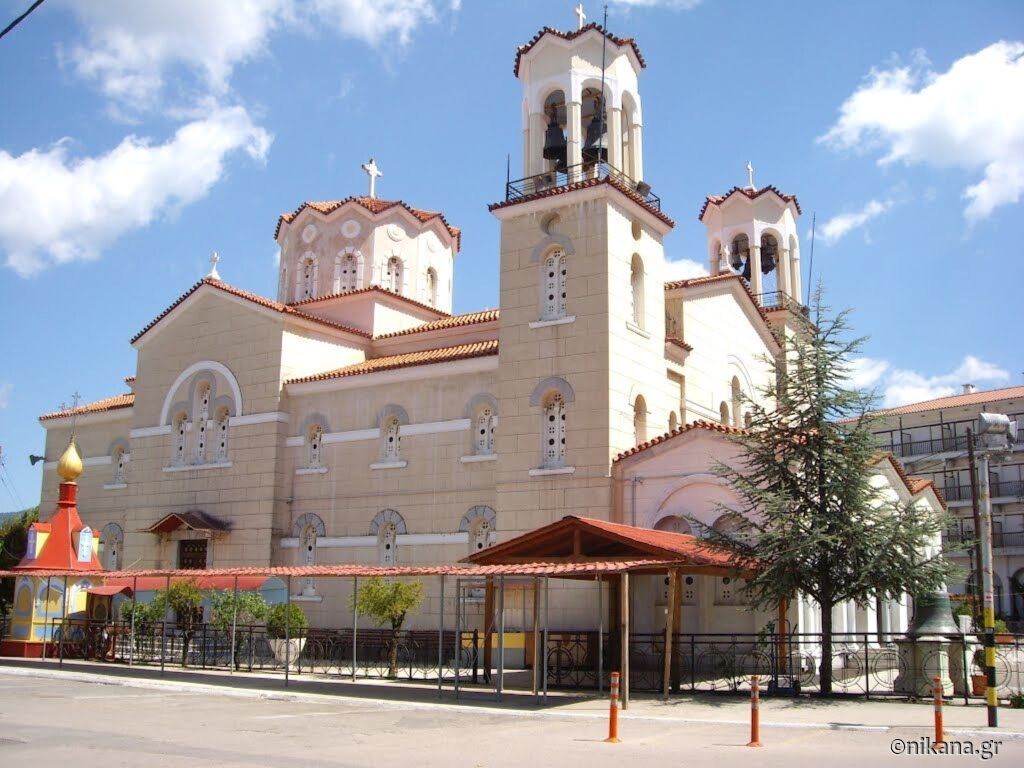
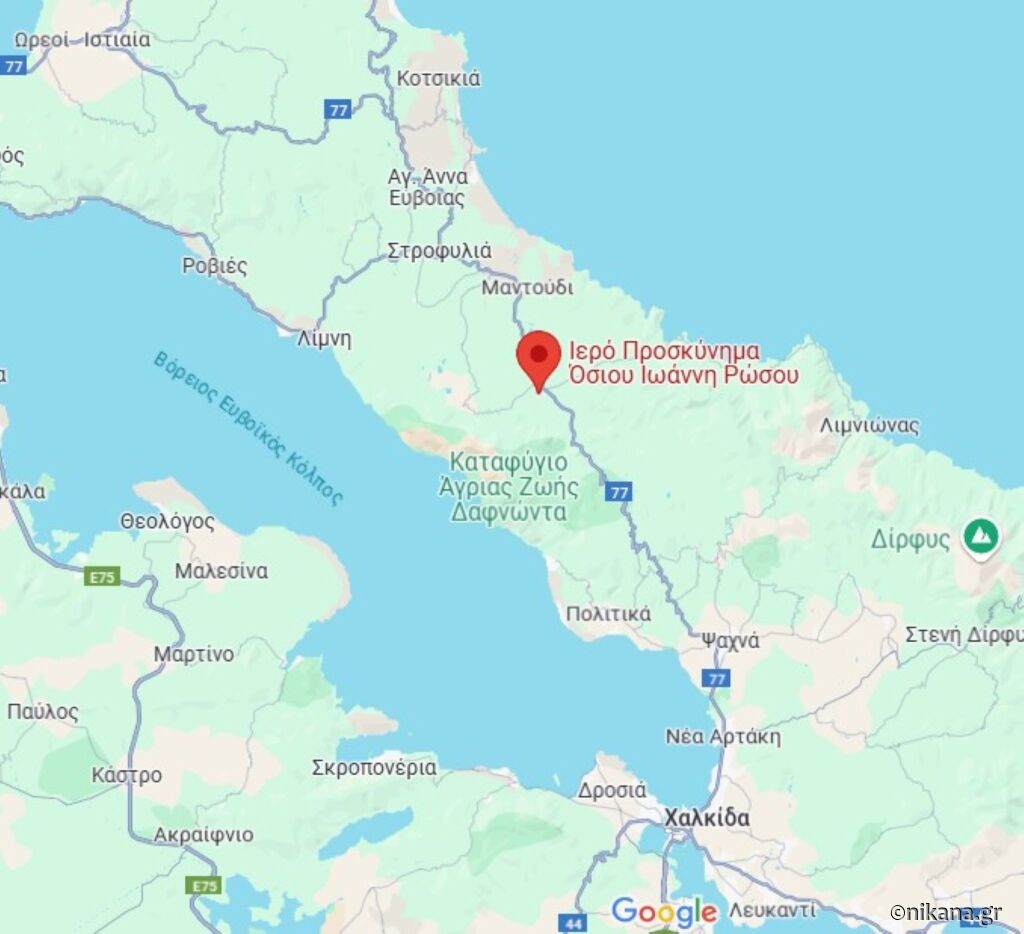
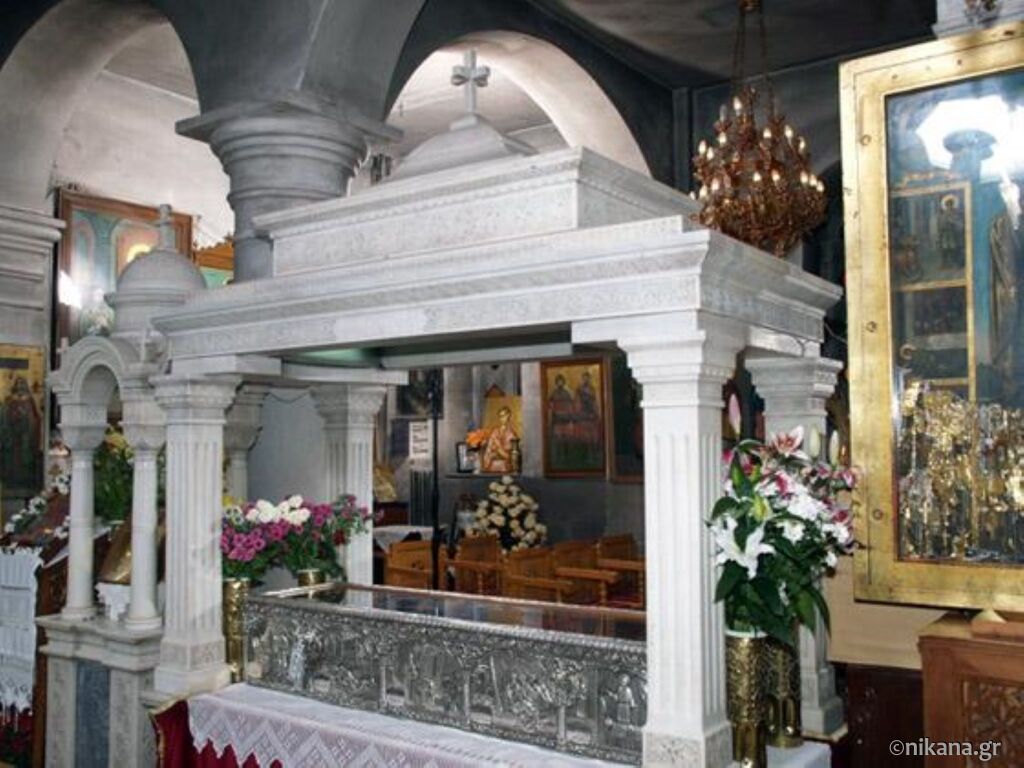
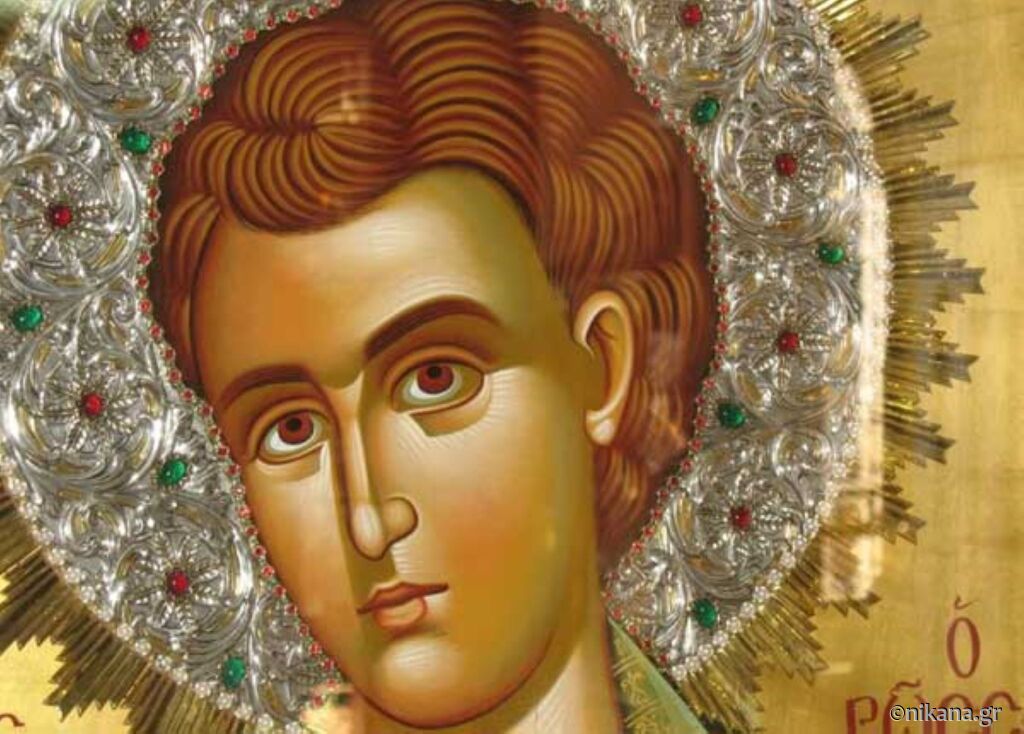
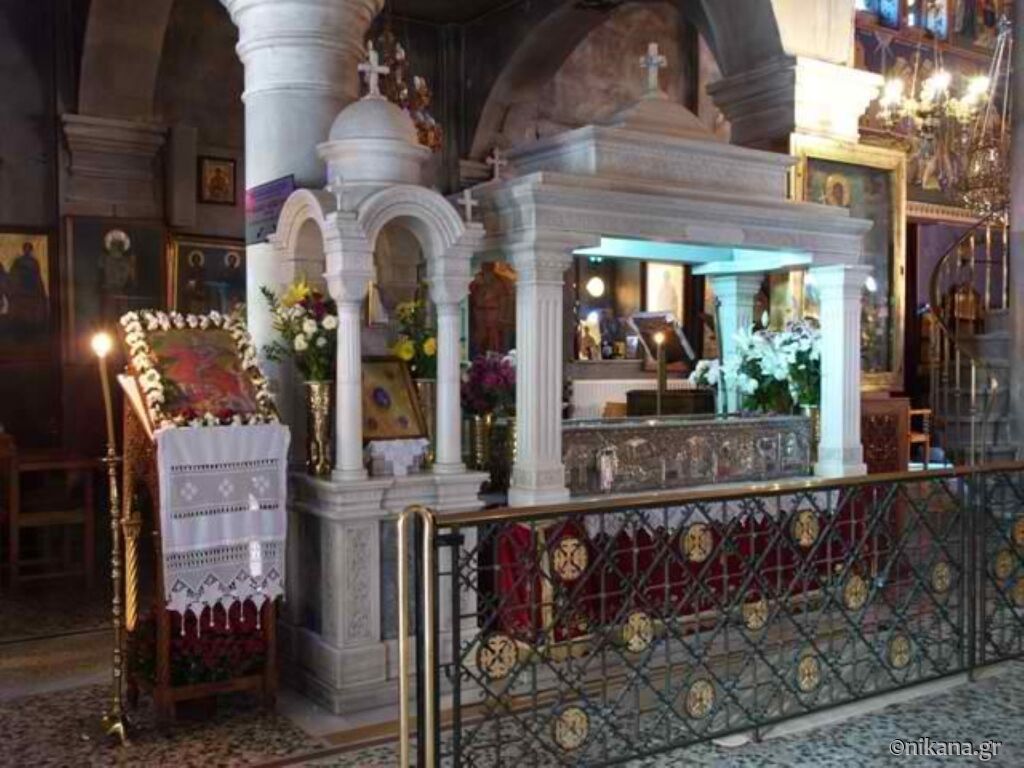
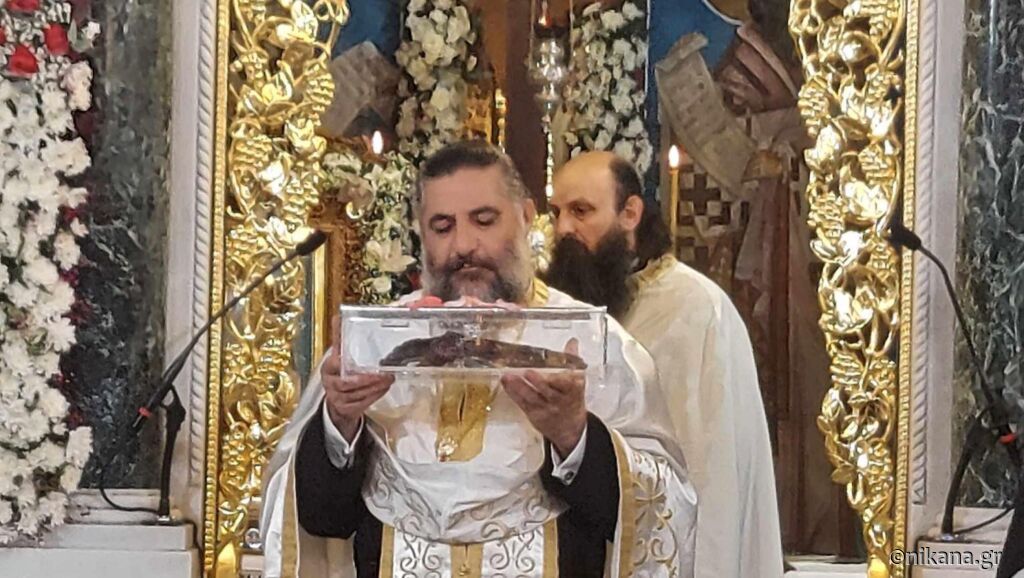
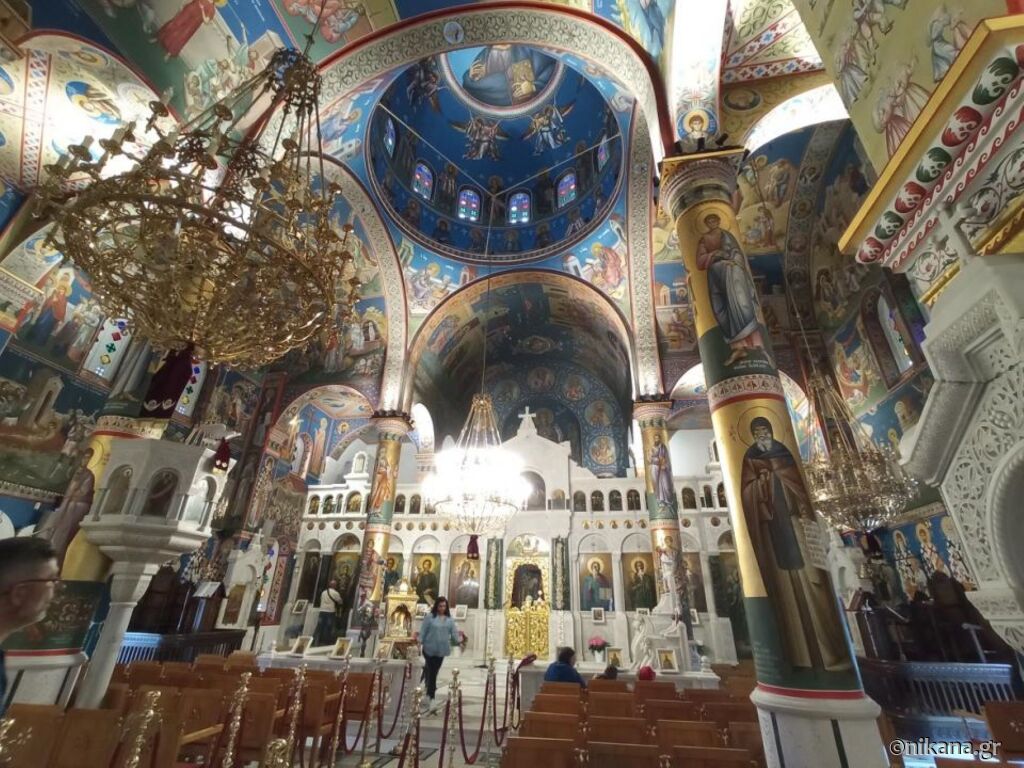











Post a Comment
NOTE
All your questions in the comments will receive an answer via email so check your inbox shortly after you posted comment. For more detailed questions and responses, contact us via mail nikana@nikana.gr.